Description
Patachitra art form is believed to have originated as early as the 10th or 11th century and is one of the oldest and most famous living art forms. This style of painting is practiced majorly in the province of West Bengal. Other than West Bengali, Odisha is another province where this art is widely practiced. In West Bengal the districts of Purulia, Birbhum, Bankura, and Paschim Mednipur are the main centres of this enthralling art form.
The name Patachitra or Pattachitra has evolved from the Sanskrit word Patta meaning cloth, and Chitra meaning picture. This folk style of painting that is traditionally done on cloth scrolls is practiced by the artists who call themselves Patua or Chitrakar in West Bengal. Pattua is a community of artisans who are raconteurs who had been practicing a unique art of storytelling that’s accompanied by showing beautiful paintings and songs. The Chitrakar or the painter while narrating the stories gradually unfurls the paintings to make the entire performance more enticing. Many connoisseurs, artists and researchers have been fascinated by the Patachitra art and it has been considered as an acclaimed style of painting both nationally and internationally. Some compare this age old approach of storytelling with modern day comic strips. The songs sung during the storytelling are called Pater Gaan. The Patua or Patachitra artists travel from one village to another showing their Patta and narrating its tales to the audience with the help of songs in a very lucid manner so that their message has a wider reach in the rural society. Stories from the past including religious like the Ramayana, the Mahabharata,Mangalkabya, Krishna Leela, Behula Manashamangal or mythological, and those of valour and sacrifice are narrated by the Patachitra artists. They also enlighten the rural communities by taking up burning social issues like intoxication and other social evils and narrating them with the help of their Patta. Like most of the other art forms, this art form too is a traditional one and the knowhow gets communicated orally from one generation to the next.
The major characteristics of the Patachitra art of West Bengal are the usage of bold colours and strokes while painting them; for the environmentalist in you, it’s worth noting that Patachitra artists use natural colours sourced from local sources different types of fruits, flowers and stones to paint their Patta. Patua and Chitrakar (Patachitra artists) are highly skilled and spend a lot of time in drawing and painting their Patta since such attractive masterpieces require a lot of perseverance and meticulousness to create. The creativity of a Chitrakar is not confined to cloth and canvas but they also express their talents by painting beautiful murals on the outer walls of their abodes.Their exclusive use of naturally sourced vibrant colours make their art form look unique and more appealing.
Patachitra can be categorized in two different types – Ekachitra or Choukapatta and Dighal Patta. In Ekachitra, the Chitrakar narrates one continuous story that’s in the Patta which comprises of many small squares or Chouka. In Dighal Patta, the Chitrakar or the Patua narrates stories that are intricately interwoven having many sections or episodes. In Dighal Patta unlike Ekachitra there are several paintings for which it’s also called Jorano Patta due to their long length having a close resemblance with scrolls. The Patta scrolls come in varied sizes – they can be from 1 to 1.5 feet in width and 3 to 25 feet in length. The longer the story, the longer is the Patta. Dighal Patta has two bamboo sticks attacked at both ends so that they can be easily rolled up for easy carrying and storage. The rolling of the Patta is done from the bottom stick. Some historical sources reveal the Patua community playing the role of secret agents; it’s believed that during the rule of the mighty Maurya dynasty, the Patua or the Chitrakar served as informers for the military; they played the role of secret emissaries apart from being edutainers transmitting secret information through their storytelling.
At present the central and the state governments are patronizing our ancient art forms and encouraging our artists to reach out to the outside world by fostering awareness about their artistic genius.
Bring home Pattachitra paintings and add a flavour of India to your interiors. They would surely liven up your drawing room or your bedrooms with their intricate designs and radiant colours.












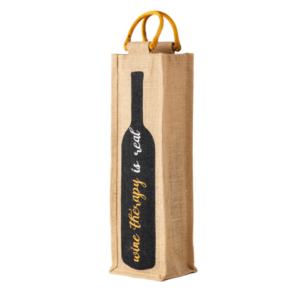
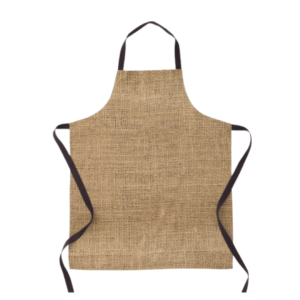

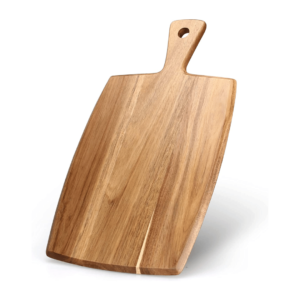
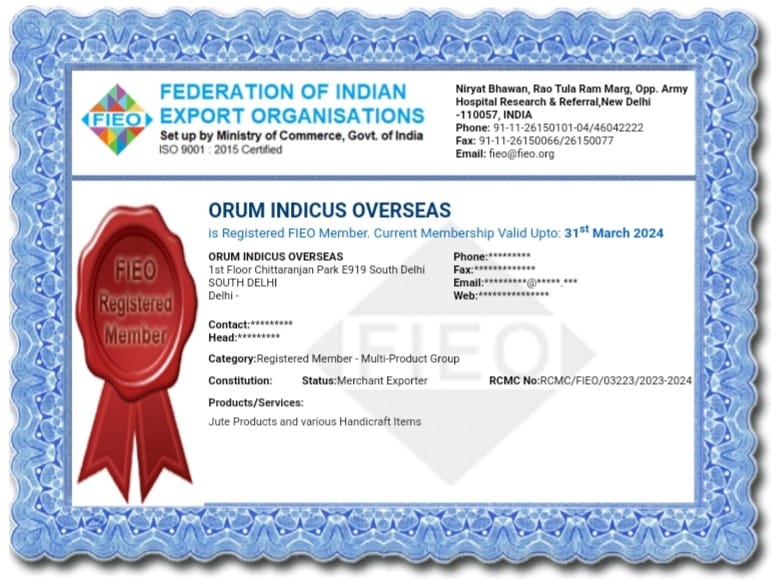
Reviews
There are no reviews yet.